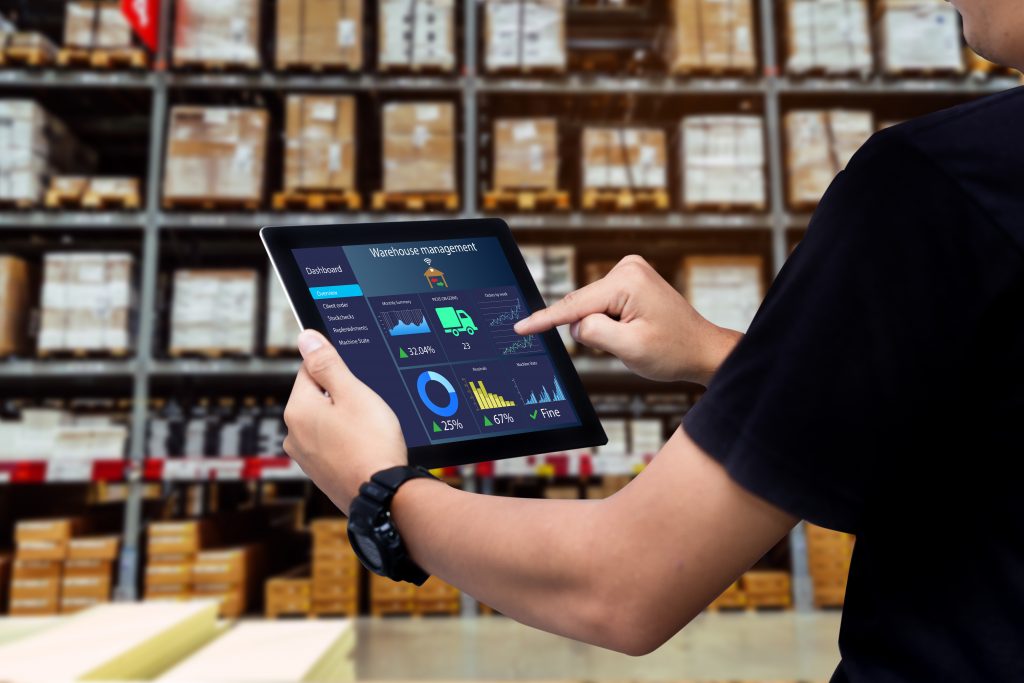Expanding your reach and increasing sales potential is more crucial than ever. Selling on multiple platforms can be a game-changer for your business, and PaidCart makes it easier than ever with seamless integration for Amazon and eBay. Let’s explore how this powerful feature can help you maximize your sales potential.

Why Sell on Amazon and eBay?
Amazon and eBay are two of the largest online marketplaces in the world, each with millions of active buyers. By listing your products on these platforms, you can:
Increase Visibility: Reach a wider audience and attract new customers who might not have found your website.
Boost Credibility: Benefit from the trust and reputation these platforms have built with consumers.
Enhance Sales: Leverage their extensive customer bases to increase your sales and grow your business.
The Challenges of Multi-Channel Selling
While the benefits are clear, managing multiple sales channels can be challenging. Keeping track of listings, orders, and inventory across different platforms can be time-consuming and prone to errors. This is where PaidCart’s integration feature comes in, providing a seamless solution to manage your multi-channel sales.
How PaidCart’s Integration Simplifies Selling
PaidCart’s Amazon and eBay integration feature offers a comprehensive solution that simplifies the entire process of multi-channel selling. Here’s how:
Centralized Dashboard
PaidCart provides a centralized dashboard where you can manage all your listings, orders, and inventory across Amazon and eBay. This eliminates the need to switch between different platforms, saving you time and reducing the risk of errors.
Real-Time Inventory Management
Stay on top of your inventory with real-time updates. PaidCart syncs your stock levels across all platforms, ensuring that you never oversell a product. This helps maintain customer satisfaction and avoid potential penalties from the marketplaces.


Automated Listing Creation
Creating listings manually on each platform can be tedious. With PaidCart, you can automate the listing creation process. Simply input your product details once, and PaidCart will generate optimized listings for both Amazon and eBay, tailored to each platform’s requirements.
Order Management
Managing orders from multiple platforms is made easy with PaidCart’s integrated order management system. Track, fulfill, and manage all your orders from a single interface, streamlining your fulfillment process and ensuring timely deliveries.
Analytics and Reporting
Gain valuable insights into your sales performance with detailed analytics and reporting. Monitor key metrics, identify trends, and make data-driven decisions to optimize your sales strategy across Amazon and eBay.
Getting Started with PaidCart’s Integration
Integrating your Amazon and eBay accounts with PaidCart is a straightforward process. Simply follow the step-by-step guide in your PaidCart dashboard to connect your accounts and start managing your multi-channel sales with ease.
Selling on Amazon and eBay is a powerful way to expand your reach and boost your sales. With PaidCart’s seamless integration feature, managing your multi-channel sales has never been easier. Centralize your operations, streamline your processes, and take your business to new heights. Start leveraging the power of Amazon and eBay with PaidCart today!






